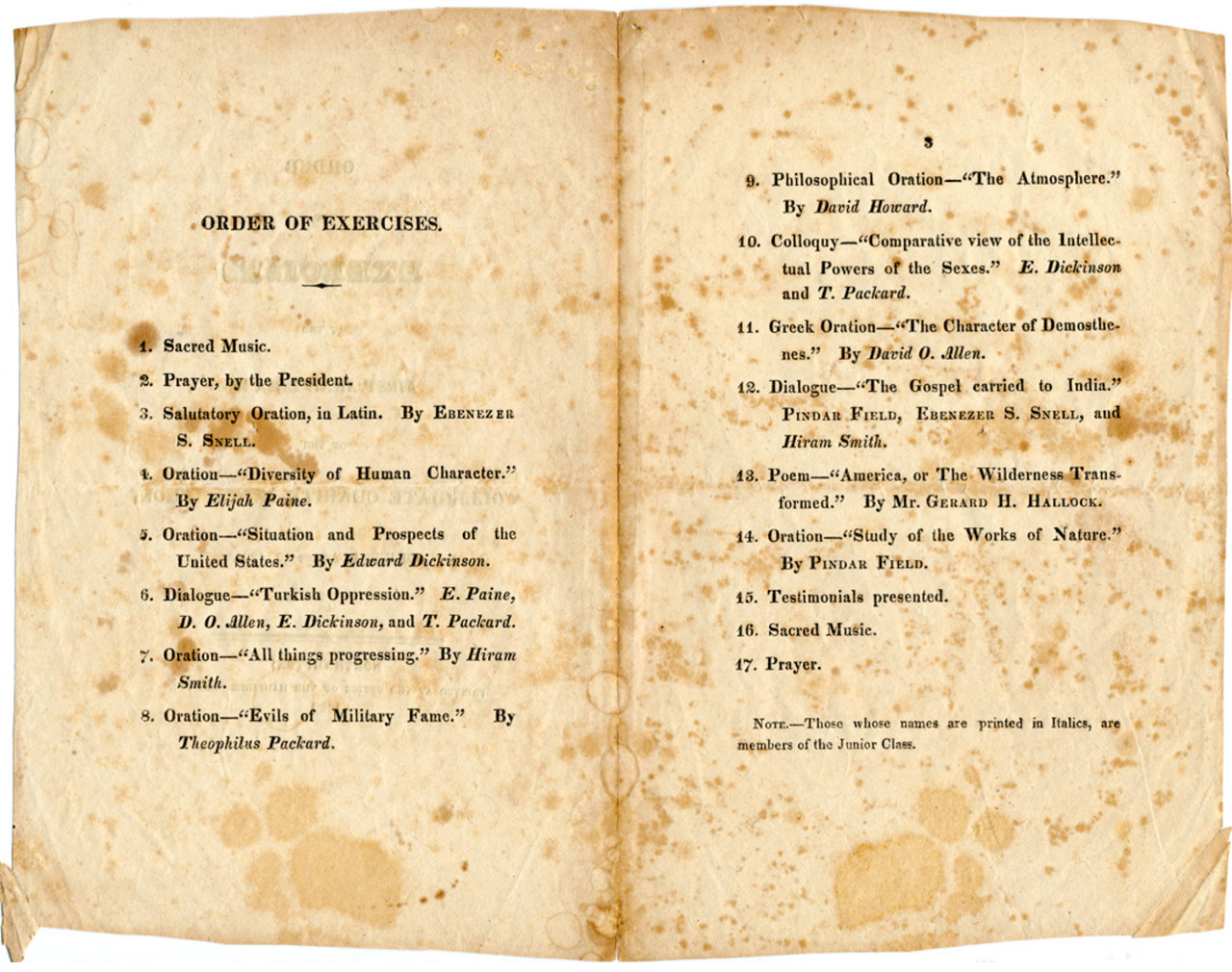
The first commencement program, August 28, 1822
1822 was a year of many notable firsts in U.S. history. Among them: The first African American ship captain led the first all-Black whaling crew. The first Hispanic American member of Congress took office. Construction of the first fireproof building began. The first patent for artificial teeth was granted.
And, closer to home, the first Amherst College Commencement took place.
Titled “The First Anniversary of the Collegiate Charity Institution,” the Aug. 28 event celebrated the two lone members of the College’s class of 1822 — whose teeth we can assume were their own (though we cannot vouch for their quality) — in a full day of exercises that drew many members of the Western Massachusetts community. The ceremony included more than a dozen presentations, with orations in Latin, Greek and English on topics ranging from “The Diversity of Human Character” to “The Gospel Carried to India” to a “Comparative View of the Intellectual Power of the Sexes.” There were also dialogues, prayers, a poem and a colloquy.
In contrast, this year’s event, the College’s Bicentennial Commencement, will feature the awarding of degrees to 219 times as many seniors. President Biddy Martin and Jordan Andrews ’21 will address the class, the Amherst College Choral Society will sing and approximately a thousand family members and friends will cheer on the new graduates in person, along with another several thousand who will watch a livestream. Per Amherst tradition, the graduates will receive Conway Canes in addition to their degrees, and, given that the College was founded in 1821, special Bicentennial Class medallions.
Here’s a “Then and Now” comparison between the 1822 and 2021 occasions and a look at the accomplishments of this year’s extraordinary seniors.
1822
The Ceremony
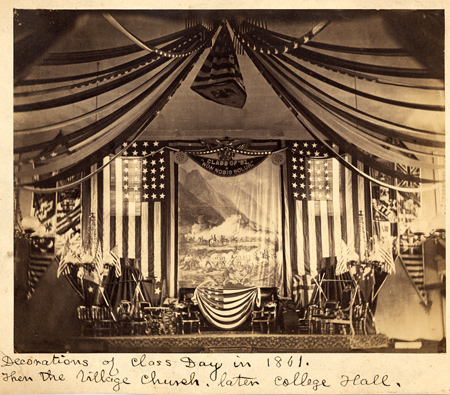
- Location: Inside the old Meeting House building, a church that once stood where the Octagon is now located.
- Number of graduating seniors: Two, Pindar Field and Ebenezer Strong Snell. Field and Snell did not technically receive degrees from Amherst that summer day in 1822, because the College had not yet received its charter from the Massachusetts legislature, and thus had no legal authority to grant degrees. As such, they were awarded degrees from Union College “on suitable certificates from Amherst.”
- Speakers: 10, including the two seniors themselves, President Zephaniah Swift Moore and poet Emily Dickinson’s father Edward Dickinson, then a junior at Amherst (and later a transfer student to Yale). Dickinson went on to serve as treasurer of the College.
- Meals served: One, a midday dinner during a break in the exercises.
- Canes distributed: None were given to students. Moore did use one himself, however.
The Seniors
- States they represented: One — Massachusetts. Field was from Hawley and Snell from North Brookfield.
- Transfers: Two. Both Field and Snell had attended Williams College before enrolling at Amherst.
- Most-declared majors: None. According to Mike Kelly, head of Archives & Special Collections at Amherst, there were no majors and students had absolutely no academic choices. There weren’t even courses, exactly. The course of study was just a list of books students had to master.
- Athletic accomplishments: Well, nothing official, as there were no organized sports at the College at that time. It was impossible to field teams with so few players!
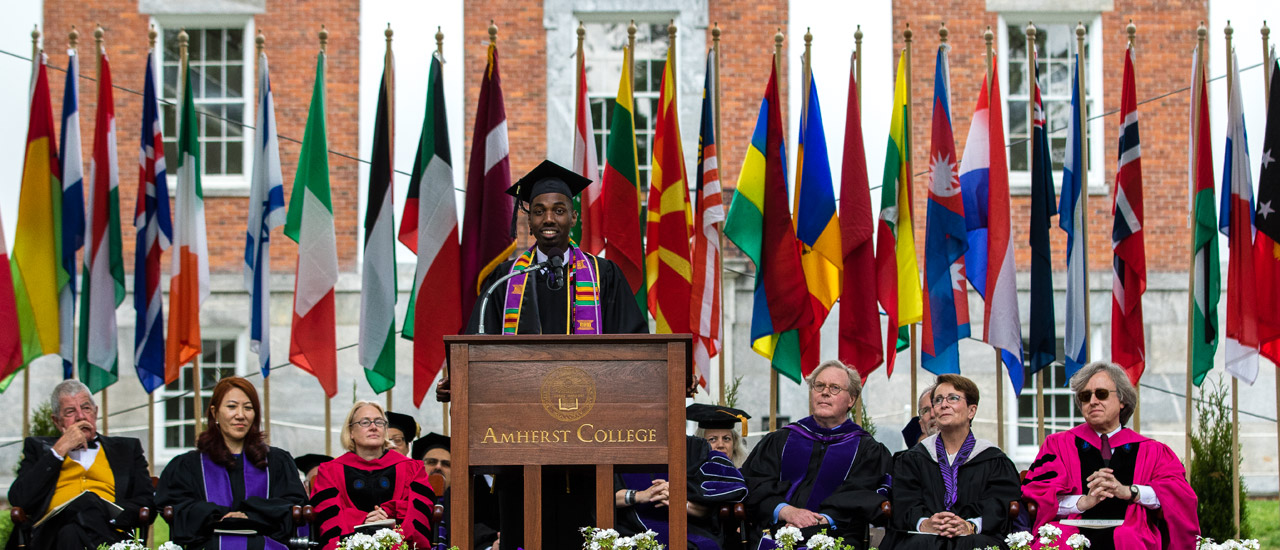
Commencement in 2017 (photo by Maria Stenzel)
2021
The Ceremony
- Location: Pratt Field. This location represents a break from tradition. Commencement is typically held on the Main Quad, but COVID-19 safety protocols made Pratt Field the only spot that could safely accommodate the graduates and guests.
- Number of students who will receive their degrees: 438. 14% of the members of the Bicentennial Class are first-generation college students and 44% self-identify as domestic students of color. 10% are international students.
- Speakers: Two, Martin and Andrews.
- Meals served: Two, a breakfast and a lunch. The first will consist of fresh fruit, yogurt, coffee, tea and pastries. The second will feature sandwiches, beverages, the ever-popular Mammoth cookies and other delicious options. Per the College’s COVID-19 protocols, all of the items will be packaged in to-go boxes for distribution.
- Conway Canes to be distributed: 438.
The Seniors
- States represented: 38. Also represented are Washington D.C., Puerto Rico and 30 nations. International students are citizens of Brazil, Canada, Iran, Japan, Mongolia, Slovenia, the United Kingdom, Vietnam and Zimbabwe, among others.
- Transfer students: 22.
- Most-declared majors: Math, economics, political science, psychology and computer science. 48% of graduating seniors are double majors and 1% are triple majors.
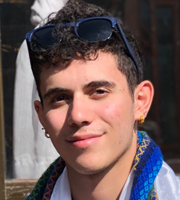
- Number of courses taken: Collectively, the seniors took 14,175 courses, of which 1,493 were delivered online during the 2020-21 academic year.
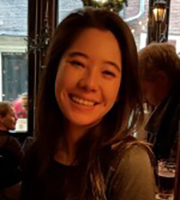
- Theses completed: 44% of graduating seniors completed a senior thesis.
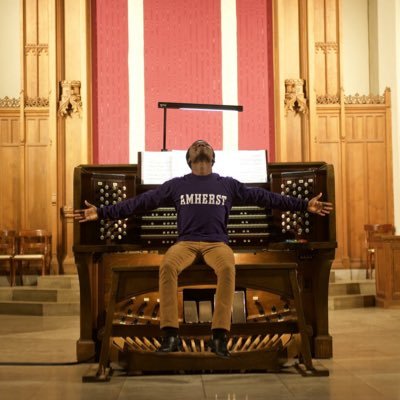
- National award winners: 11 as of May 20, including eight Fulbright Scholars (one to conduct independent research and seven to teach English abroad), two Watson Fellows and one Rhodes Scholar.
- Athletic accomplishments: Members of the Bicentennial Class individually won or were parts of teams that won eight New England Small College Athletics Conference titles (baseball in 2018 and 2021, women’s basketball in 2018, men’s basketball in 2019, men’s cross country in 2017 and 2018, women’s hockey in 2020 and women’s soccer in 2019), a Walker Cup (women’s squash in 2020), a Division III NCAA title (women’s basketball in 2018) and two NCAA diving titles (Lindsey Ruderman ’21 in 2019 for one-meter and three-meter diving).
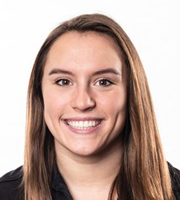
Further Bicentennial Reading
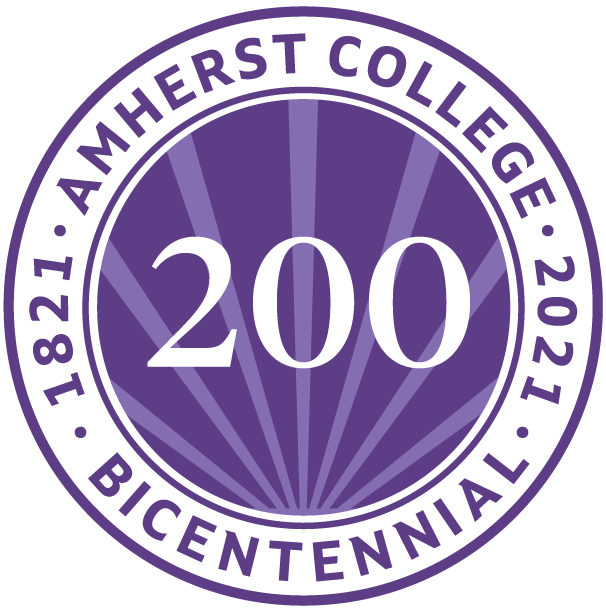
Amherst College Bicentennial Website